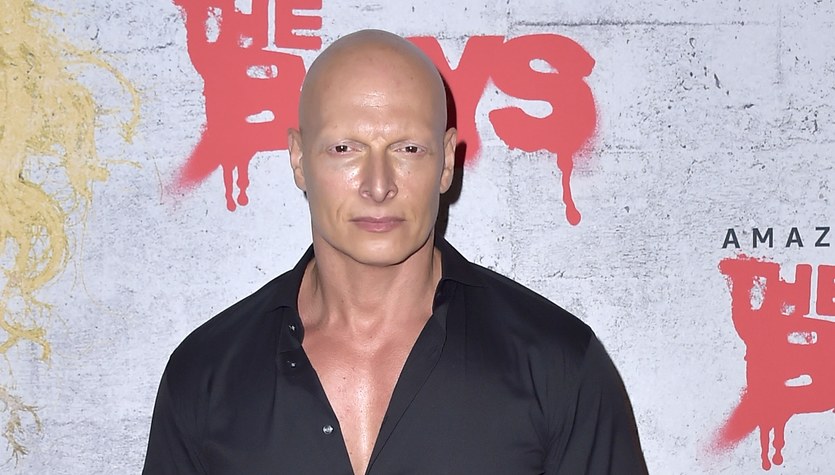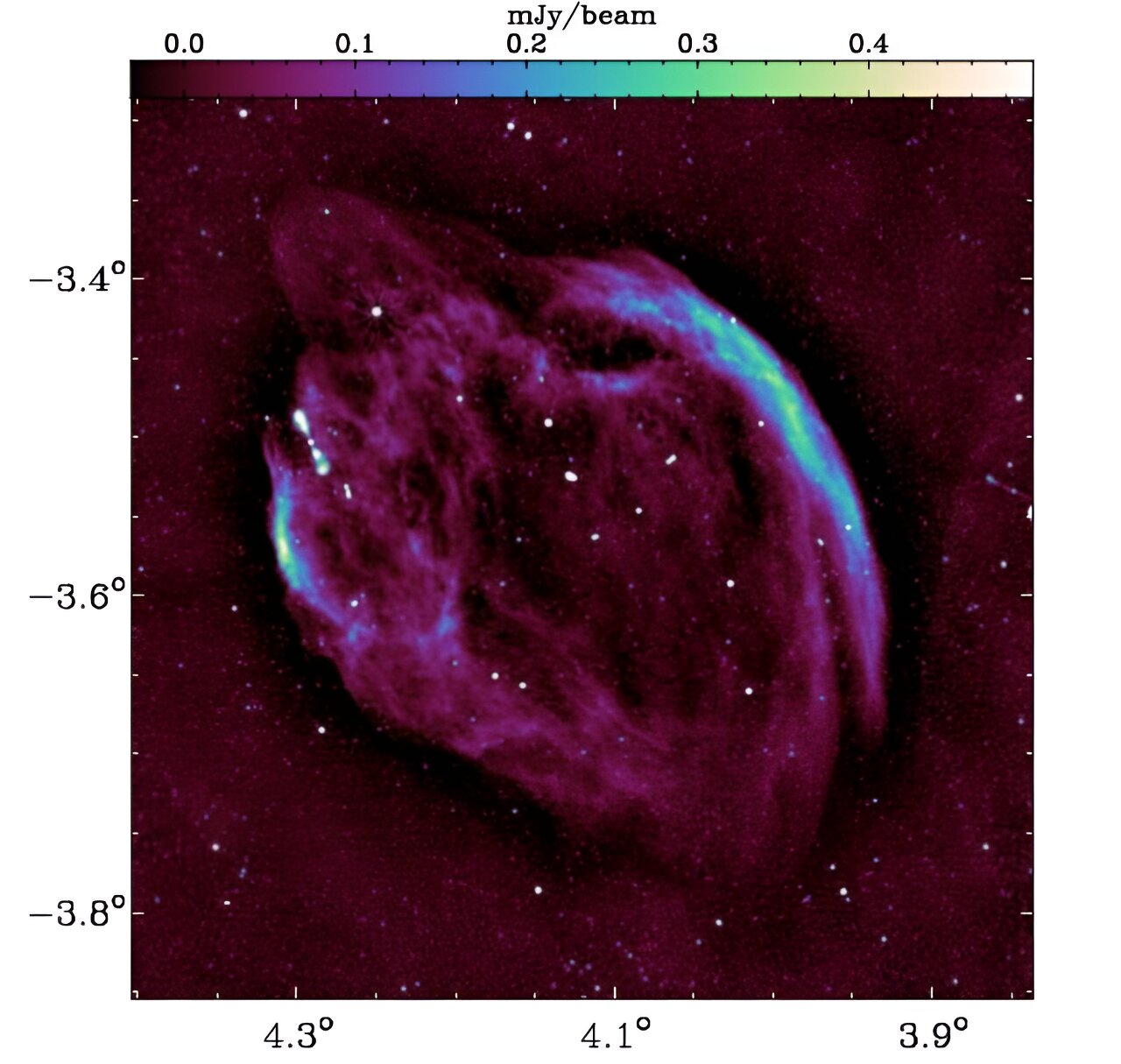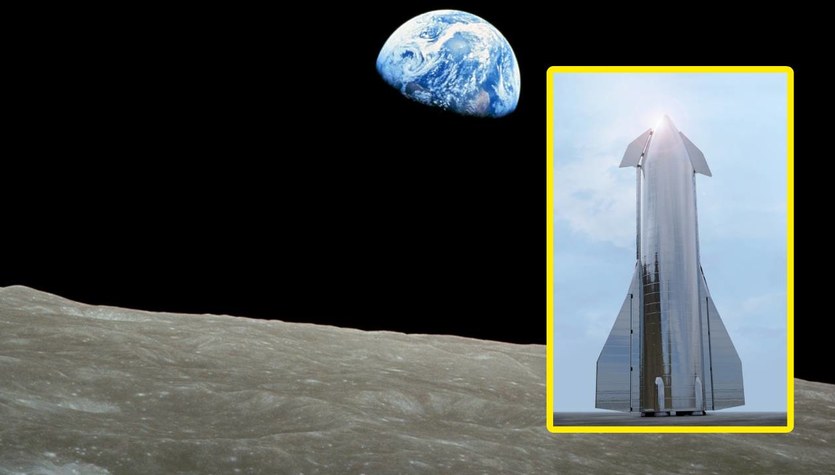The discovery was made by an international team of astronomers from the University of Tokyo and researchers from the Center for Astrophysics at Harvard and Smithsonian University. The results of their research have already been described in two prestigious journals: “The Astrophysical Journal” and “Monthly Notices of Letters of the Royal Astronomical Society”.
HD1 is the oldest galaxy
The HD1 galaxy is, according to scientists, the oldest known astronomical object. It was born about 330 million years after the Big Bang. The galaxy was found by studying the redshift* of ultraviolet light sources from the formation of new stars. The red color of the galaxy indicated from the beginning that it was very old.
HD1’s redshift is z = 13.27, which means that light from the galaxy did not reach Earth until 13.5 billion years ago. As a result, because the universe is expanding, the distance from the galaxy to Earth is approximately 33.4 billion light-years.
The HD1 outperformed the GN-z11, so far it is considered the oldest object. HD1 is at least 100 million years older.
So far, scientists have two ideas about what’s going on inside HD1. The first tells us that this galaxy is forming stars at an astonishing rate and may be home to the stars of the Third Community, the first stars in the universe that have never been seen before. The second concept suggests that HD1 contains a supermassive black hole of about 100 million solar masses (for example, a black hole at the center of the Milky Way of 4.6 million solar masses).
HD1 researchers have also discovered a second object, a galaxy, called HD2. More research is needed to better understand both galaxies. Not yet launched with new opportunities James Webb Space Telescope (JWST will reach full metering capacity in June of this year). The galaxies found are already on the verge of observing the currently available tools.
The galaxies were discovered using the Subaru telescope, the Vesta telescope, the UK infrared telescope and the Spitzer Space Telescope. They were observed for 1200 hours. The team at the University of Tokyo is awaiting the full launch of the Webb Telescope to continue the research.
* Redshift is a physical phenomenon in which the spectral lines of electromagnetic radiation from some stars or galaxies are shifted towards longer wavelengths (lower frequencies).
Read also:
It’s supposed to be much better than Hubble. The James Webb Space Telescope went on a journeyRead also:
Nicholas Copernicus – The Bountiful Life of a Polish Astronomer

Echo Richards embodies a personality that is a delightful contradiction: a humble musicaholic who never brags about her expansive knowledge of both classic and contemporary tunes. Infuriatingly modest, one would never know from a mere conversation how deeply entrenched she is in the world of music. This passion seamlessly translates into her problem-solving skills, with Echo often drawing inspiration from melodies and rhythms. A voracious reader, she dives deep into literature, using stories to influence her own hardcore writing. Her spirited advocacy for alcohol isn’t about mere indulgence, but about celebrating life’s poignant moments.










